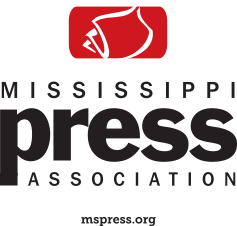The queer community is multifaceted, layered and deepened with history and actions ensuring that the community thrives to be prosperous and taken seriously. Nevertheless, there are still some issues that resonate within the community that require strategic accountability and actions. One of those issues is racism.
For many people, it seems almost outrageous for an oppressed grouped to be oppressive within itself. However, this way of life is present within the queer spectrum by how the community treats its black and brown members. In layman’s terms, one must often be white and fit or slim, for other members of the community to recognize and appreciate you. According to a study conducted by gay and bisexual men’s health and life magazine FS magazine, out of 850 men 75 percent of gay black men, 86 percent of South Asian gay men, and 78 percent of mixed race gay men have experienced racism first hand on the gay scene.
There is a very distinct dichotomy to many of the experiences of queer men of color. On one hand, black and brown representation and expression is reprimanded and discounted for its very existence. On the other, black and brownness is fetishized by white counterparts. The adrenaline comes from the idea of “sneaking” to be with a black person or being able to brag about a sexual experience with a person of color, as if it something to cross off of a bucket list. Nevertheless, these men and women use people of color for sexual conquests only to degrade and deny them legitimacy to the queer world. Actions and attitudes that depress and exclude people manifest in many ways within the community. One of those ways is drag. Drag, a person dressing in hyper-feminized or gender non-conforming clothing, often involves exaggerated femininity and acting in feminine gender roles for the purpose of entertainment. After watching a drag show that used blackface and exaggerated racial stereotypes, Chardine Taylor-Stone launched the Stop Rainbow Racism campaign. The campaign works to reduce the amount of racist drag performances and racist acts within the queer community by understanding racism as something that is a structural and an institutionalized form of oppression against people of color.

These continuous acts to ostracize various people within the queer community have been recognized and legitimized by many, influencing changes to some of the core aspects of the LGBTQIA+ community such as the changing of the flag. The new flag added black and brown stripes to represent LGBT individuals of color. The flag was unveiled by the More Color More Pride campaign, which aims to recognize non-white LGBT communities as part of a more reflective and honest community by providing visibility to those that are often overlooked. The unveiling happened almost exactly one year ago.
Media has played a very strong role in denying visibility and equal representation to black and brown people. Some of the most well-known magazines, like OUT Magazine, rarely showcase people of color or tell their stories. The publications are white-washed and reflect little effort to be a leading force for body positivity.
Being a queer person is one of the most rewarding aspects of my life. Being a person of color remains a staple to who I am and my ability to survive and thrive effortlessly. Like many people, I believe that these two things can live and coexist beautifully because both of them reside within so many people who are changing our world to make it more visible, inclusive, and honest. Now, it is our white counterparts’ turn to use their privilege and various statuses to assist and aid the entire queer community. No longer can we only stand by supporting only those who are white, fit, and slim. Our work must include all of those people that continue to make our community robust and honest. We must.



























